Hunger is a spice that makes any meal palatable.
— "Food on the Go", a Kaia recipe book
Almost every creature that crawls beneath the blighted sun or swims in the vast Abyss have at one point or another been cooked and eaten by the people of the Araea. Life is hard in the deep and people have adapted to this hardship: chefs have turned any number of strange and wondrous things into food and drink.
In the deep, very little goes to waste.
Food
Plants
Mushroom, fungi and lichen are the most common sources of food to a vast majority of Araea. They come in an bewildering array of size, shapes and colors and range from delicacies to barely edible with everything in-between. Mushrooms and fungi are usually eaten raw, boiled or sauteed in a pan over a fire with minimal seasoning. Fungi are used as fillers or wrappings, though some are pressed, dried and served as strips or chips. Some require very particular preparations to be safely consumed - or even palatable. In desperate time, moss is scraped off walls and eaten.
Feast or Famine
Famine is a fact of life in Araea. Populations that grow too large can scour caverns clean of anything that might grow in them and starve after exhausting the region around them. In time, city-states have learned to balance the growth of their nations with the ability of the caves to sustain them.
The caves can recover in time and new life bloom in the midst of ruined cities destroyed by their own appetites.
Other plant-life are a more rare treat. Fruit and edible seeds hang from twisting cavern-vines or from plants grow to envelop entire chambers. The average family might mix fruit or other plants into their meals once or twice a week, usually for flavor and variety. These can range from the small, bulbous Inon that sprout from fungi and lichen in numbers of small, black fruit to the massive and nearly impenetrable "Rockhead".
Settlements near to water add algae, kelp and other underwater plant-life to their diet and dinner tables. These are often dried and sometimes smoked to remove the slimy, chewy consistency or to improve flavor. Other aquatic plants are include the Bloom Pods, native only to the Abyss but the dangers of harvesting one means they remain more of a delicacy.
On the surface, there are pockets of plant life that turn small corners of the barren wastes into orchards seemingly from another world. Unfortunately for the hungry, these tend to be either teeming with radiation, highly aggressive or both. Still, starvation is an excellent motivator and plants found to contain only an acceptable level of Blight can be found on the dining tables of surface explorers or cities in the Outer Shell.
Meat
The most common source of meat for cave dwellers are insects. Like mushrooms, they come in an endless array of forms and many of them find their way to the cooking pot. Beetles, cave-crickets, ticks, worms and scorpions are all eaten in nearly every corner of the caverns, usually boiled, roasted or fried with seasoning but sometimes crushed together with fungi into a thick paste either eaten directly or used to cook or bake other meals. Grubs and maggots are particularly common, due to the ease with which they can be raised and fed.
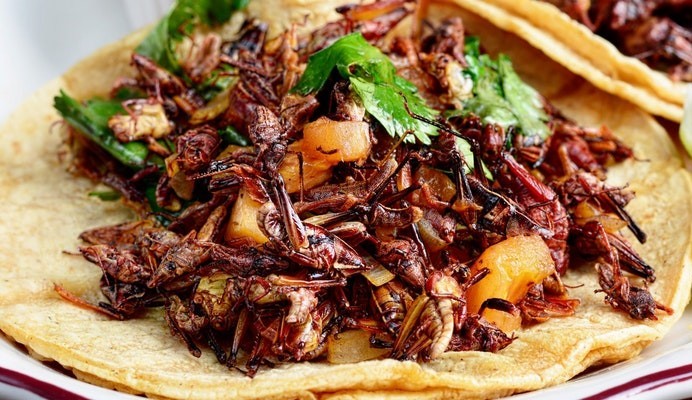
by Strange Foods Festival
Spiders, slugs and snails both small and giant are other familiar additions to the menu. Some creatures are not so easily identified as one or the other, like the half-fungi half-insect
Heza but cooked and eaten regardless. Roasted crickets or similar insects are popular snacks when available and toasty grub on a stick is often sold at Saen-Kaw matches.
Outside of insects are newts, snakes and other cavern reptiles with some raised in captivity for both their meat and their skin. Rivers, lakes and the vast Abyss all hold a bounty of different animals, from blind cave fish to squids to cave urchins and stranger things. Crab, shrimp, isopods and underwater trilobits are caught and eaten alongside jellyfish, eel and squidworms.
Rodents, with bats, rats and moles in particular, offer another supply of meat in the caverns and are sometimes raised in great herds for the butcher's block. But no matter the animal, nothing goes to waste in the kitchens of Araea. Brain and organs are cooked with the rest of the meat, blood is mixed with mushroom flour to turn it into edible chunks. What isn't eaten by people are instead feed to the animals they raise or mixed into the soil of the farms.
"Other"
The most commonly used seasoning in the caves is rock salt, mined in vast quantities throughout the deep both for curing and seasoning meals. Spices are less prevalent and range from particularly pungent mushroom to particular growths of crystals, ground up and mixed into the meal. There are only a few chilis in the world and such taste is beyond the wealth of most common families, though many enjoy it at least a couple of times throughout their lives.
The Leyux is a slow-moving, rock-like creature about the size of a dog with flesh that is both tough and poisonous. While they themselves are inedible, the Leyux sometime attract a tick-like parasite that burrow past the hide and grow to bloat inside of them and they are considered delicacies. The Leyux are kept and deliberately infected with a multitude of these ticks, so the parasites can be harvested and cooked.
With seasonings sparse, people have turned to different methods of enhancing their meal. Mildly psychoactive ingredients are sometimes mixed into meals to combat the blandness of staple diets, usually from poisonous animals or strong mushrooms. Most are diluted as to be reasonably subtle, but even the sensation of sharper colors or the food singing goes a long way when mushroom stew is on the menu for the fifth day in row. Stronger psychotropic spices are reserved for feasts, but are enjoyed in moderation throughout the deep.
Not all things are so easily identified as either meat or plant. Some creatures of the deep blur the line between fungi, animal and mineral but are eaten all the same.

by Scott Heins/Gothamist
Drink
The most routinely consumed beverage of the deep is a weak mushroom ale. Water is often contaminated or radioactive, so brewing it to ale is the safest option. Mushroom and fungi is fermented with water and seasoning, which frequently includes the same psychoactive seasonings used in food, and turned into a wide range of different alcohols. Other drinks are mixed with poison of animals, typically by stuffing the entire animal into the bottle or keg. Crystal wine, a brew that uses certain strains of crystals either soaked in water for a long time or crushed and mixed, is not strictly alcoholic but has a powerful narcotic effect that makes it a popular choice.
Clear, purified water on the other hand is rare and usually as an extravagant expense. The juice from some fruits, fermented or raw, is another sort of drink less frequently enjoyed. Stranger draughts, like the blood or other secretions of certain beasts of the Far Deep are more on the fringe but see enough customers to remain in circulation.
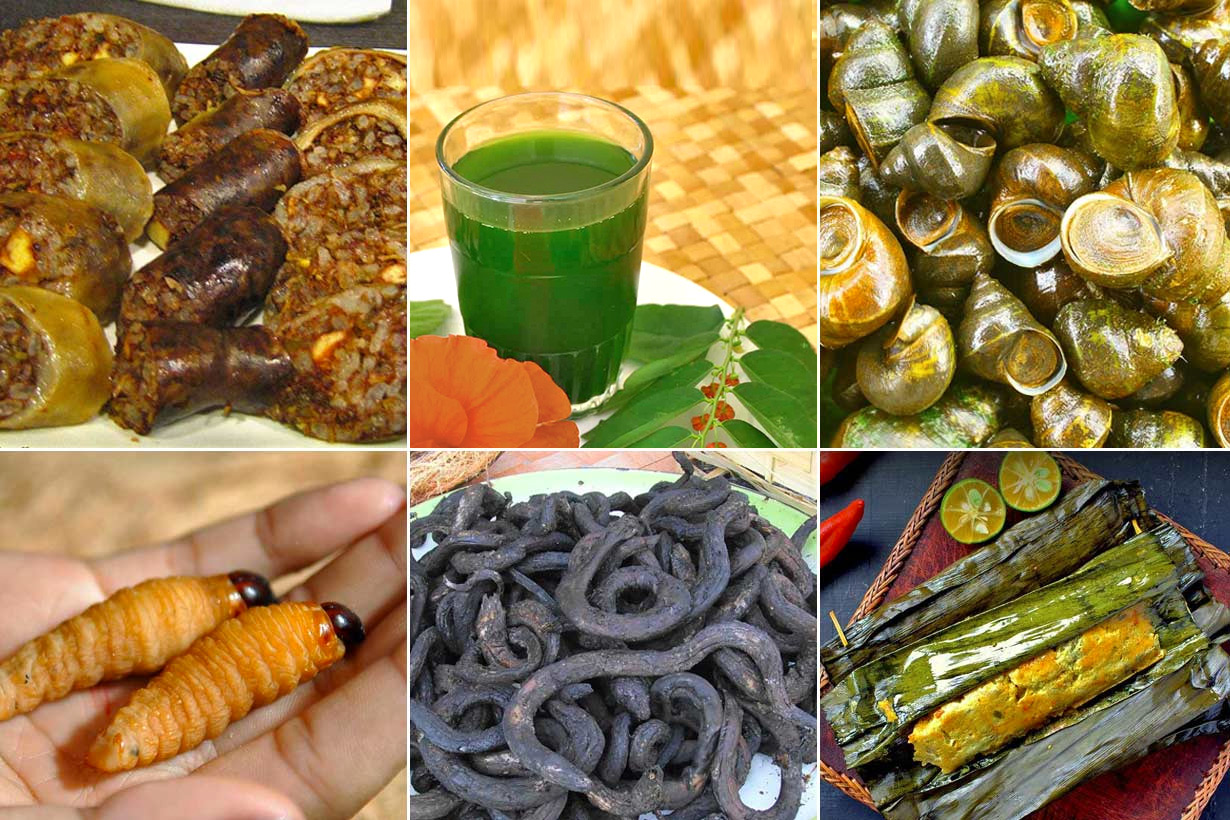
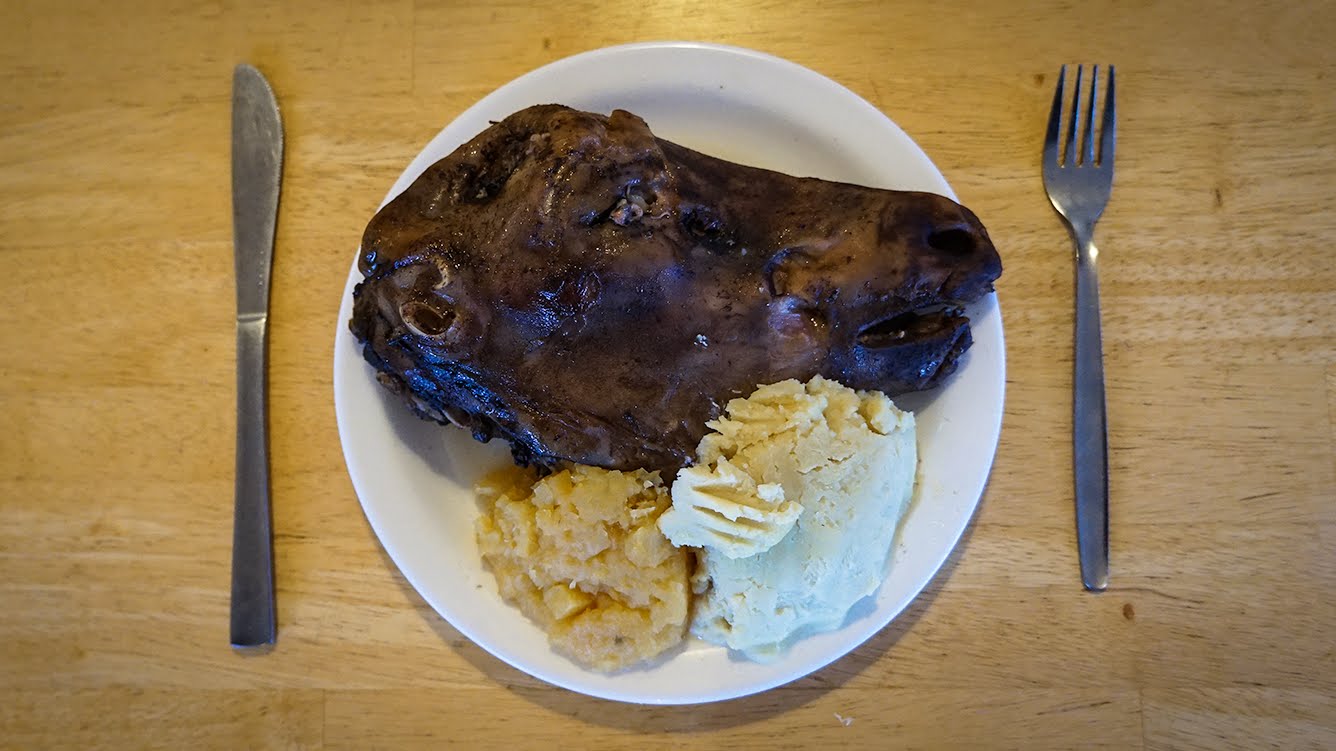
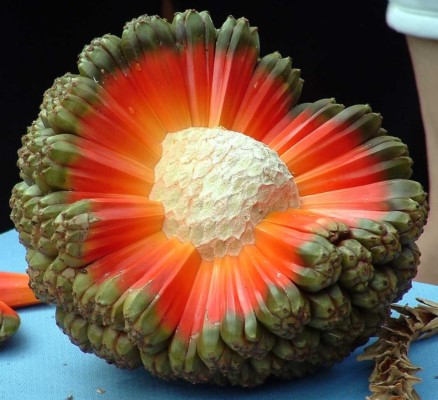


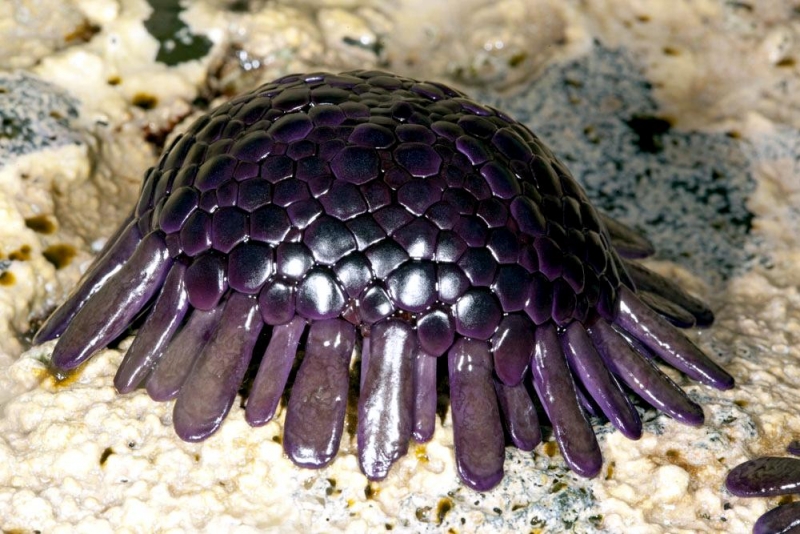
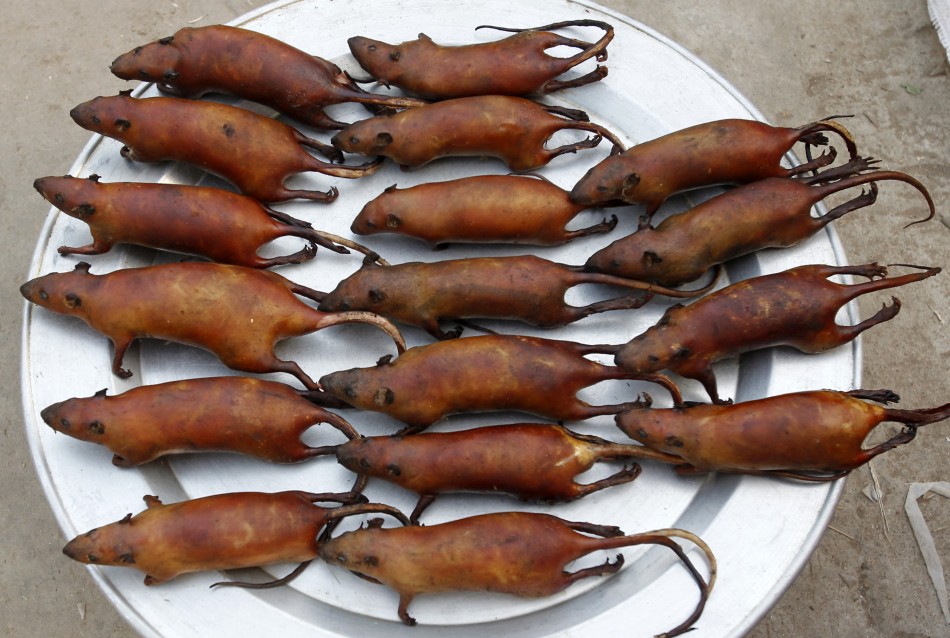

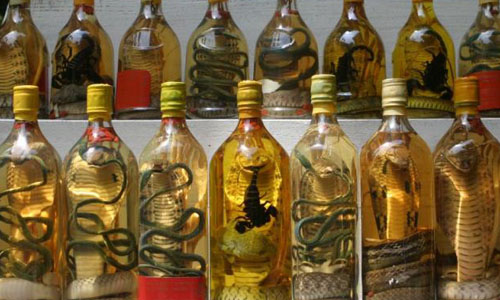
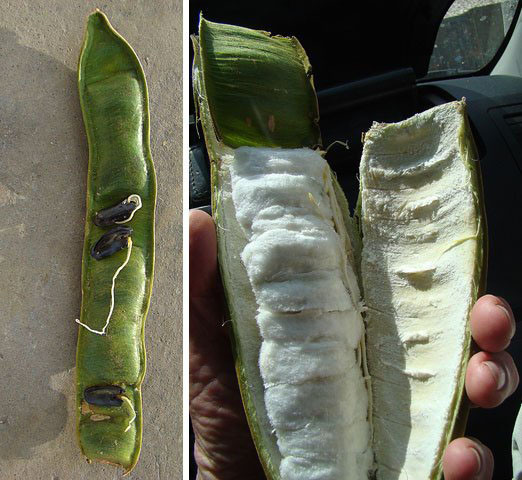
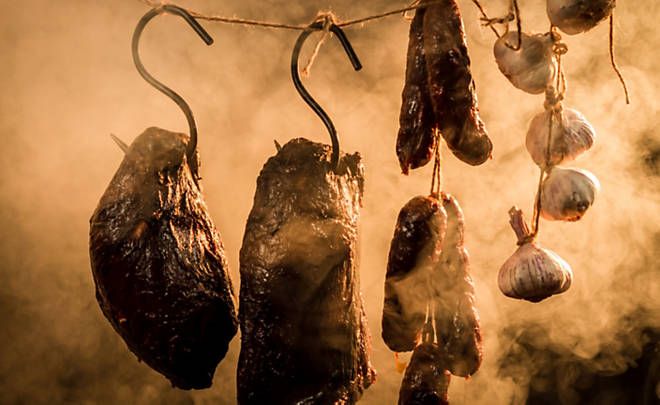
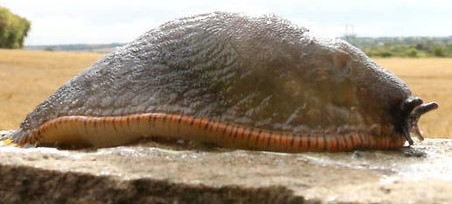
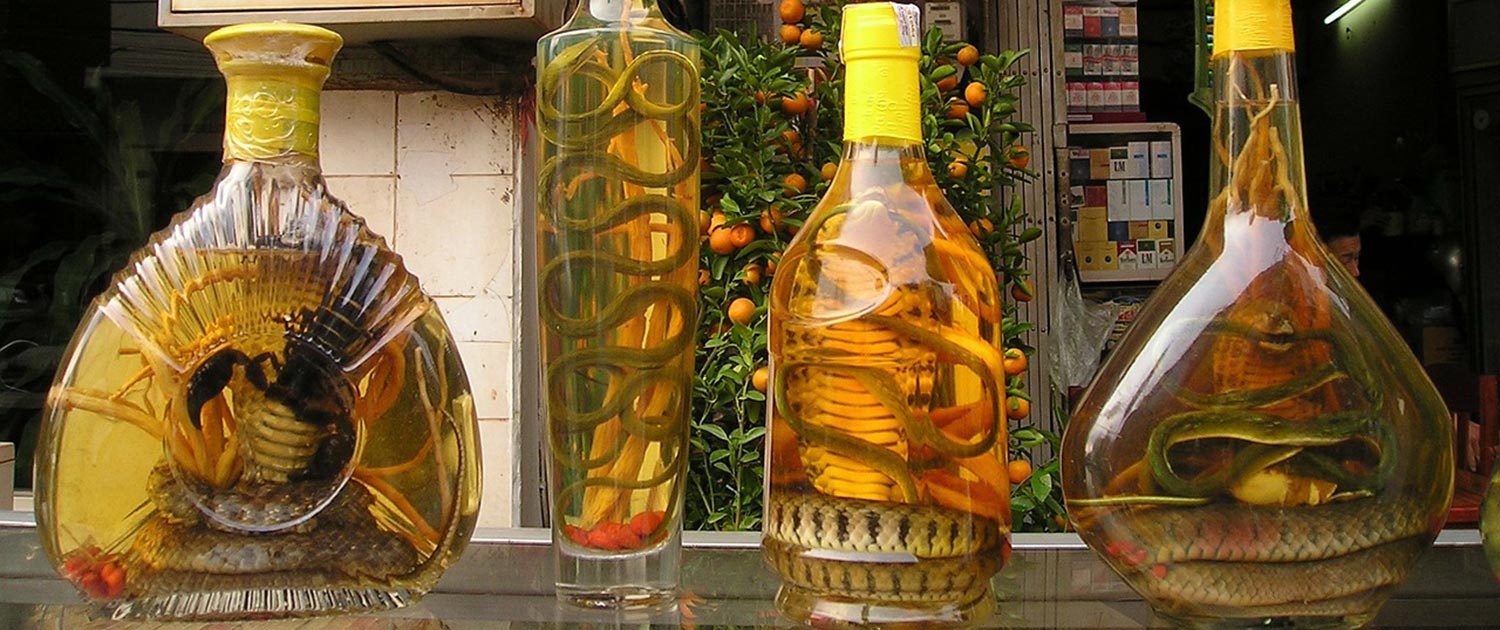


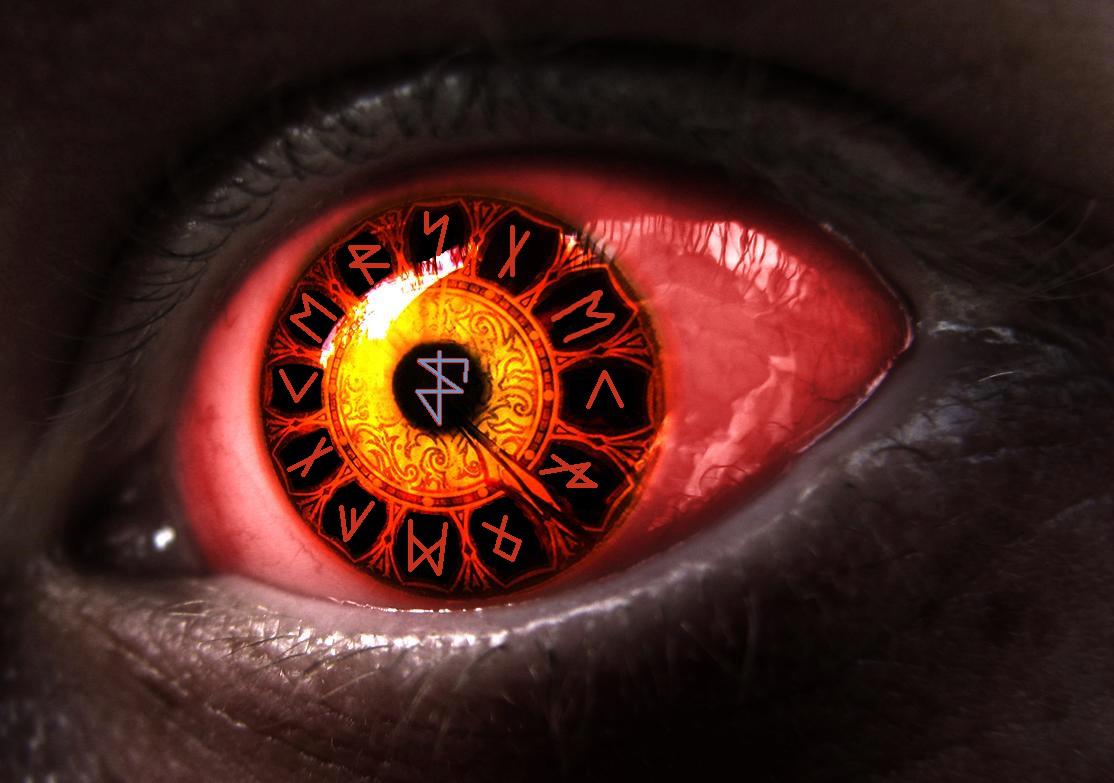

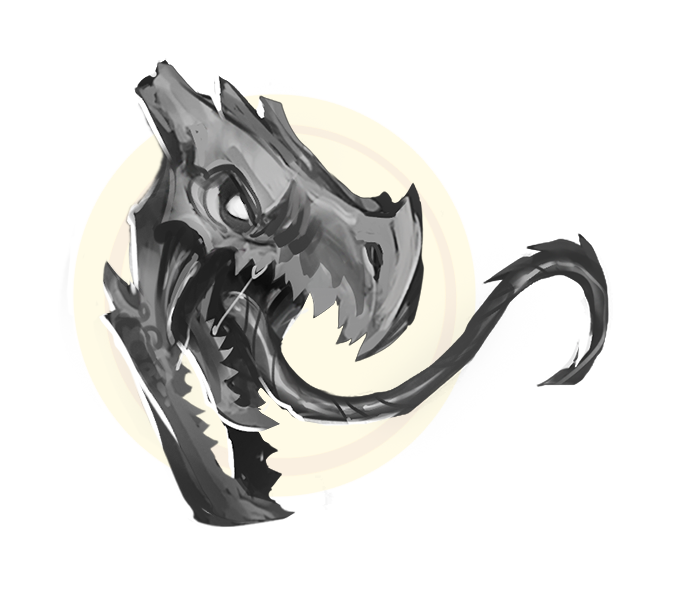
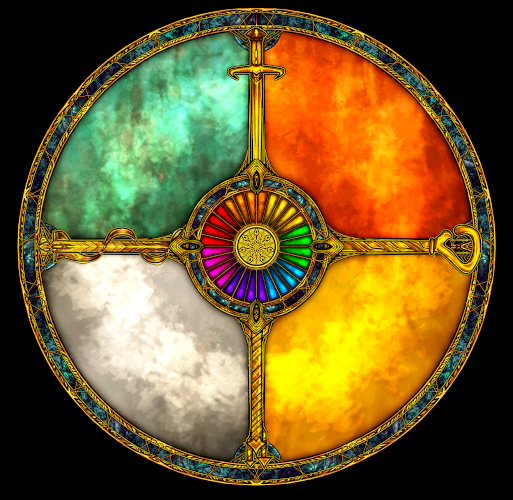



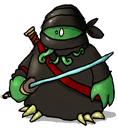

"...an acceptable level of blight" is my favorite phrase today.
What's a little bit of radioactivity between meals? ;)
Creator of Araea, Megacorpolis, and many others.